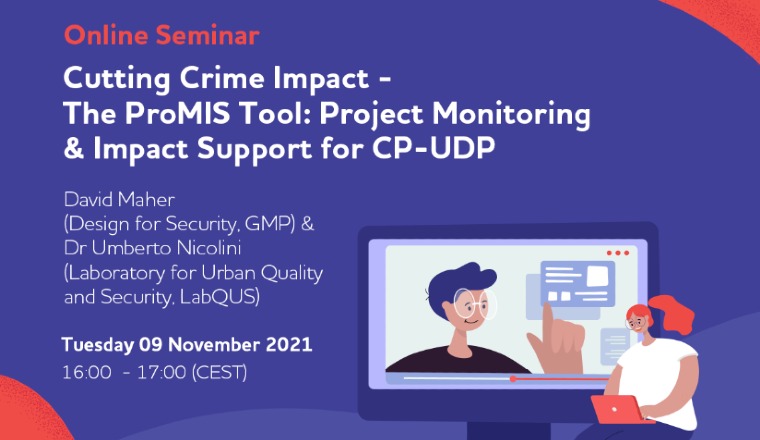CCI-Prävinar #4: Cutting Crime Impact – Addressing Citizens' Feelings of Insecurity
Abstract
Determining objectively the level of insecurity is very hard to do with no correlation between actual risks, offences and the perception of security. This is despite the efforts of many academics and practitioners who have stressed that the existence of an objective security has to be dealt with. Low levels of security incidents can coincide with feelings of insecurity. These feelings of insecurity are relevant, as they can impact on everyday life. People that feel unsafe tend to isolate, to avoid common spaces and become consequently more unsafe. Authorities should tackle outbreaks that lead to feelings of insecurity regardless of the level of the incident. Low levels of subjective security constitute a public problem because it can cause cities to decline. It is important to understand the grounds that make people feel unsafe and how different societal groups are affected by it. Otherwise, authorities won’t be able to employ adequate measures to reverse the situation, as they won’t be aware that they should target specific people and places.
In this webinar we will introduce two instruments devised to check the perceptions of insecurity in different areas/groups:
We will look at the Ministry of Interior of Catalonia, within the framework of the Cutting Crime Impact (CCI) Project, who have created the toolkit “Perception matters”. It is a practical guide to orientate practitioners, firstly in the detection of the grounds of insecurity outbreaks and, secondly, to provide adequate responses that can tackle problems. It is based on the principle that everything that makes people unsafe should be tackled, regardless of if it is a crime, incivilities or disorders.
The structure of the CPTED ‘Cloud of Dreams’ workshop will also be described, as well as the main historical milestones from its inception in 2006 to the present day, and the types of information obtained from its application. ‘Cloud of Dreams’ is thought to give a voice to both boys and girls in the Latin American and Caribbean Region regarding their environmental preferences, needs and possibilities for urban intervention. This allows the perceptions of the young population are taken into account in urban planning.
Speakers
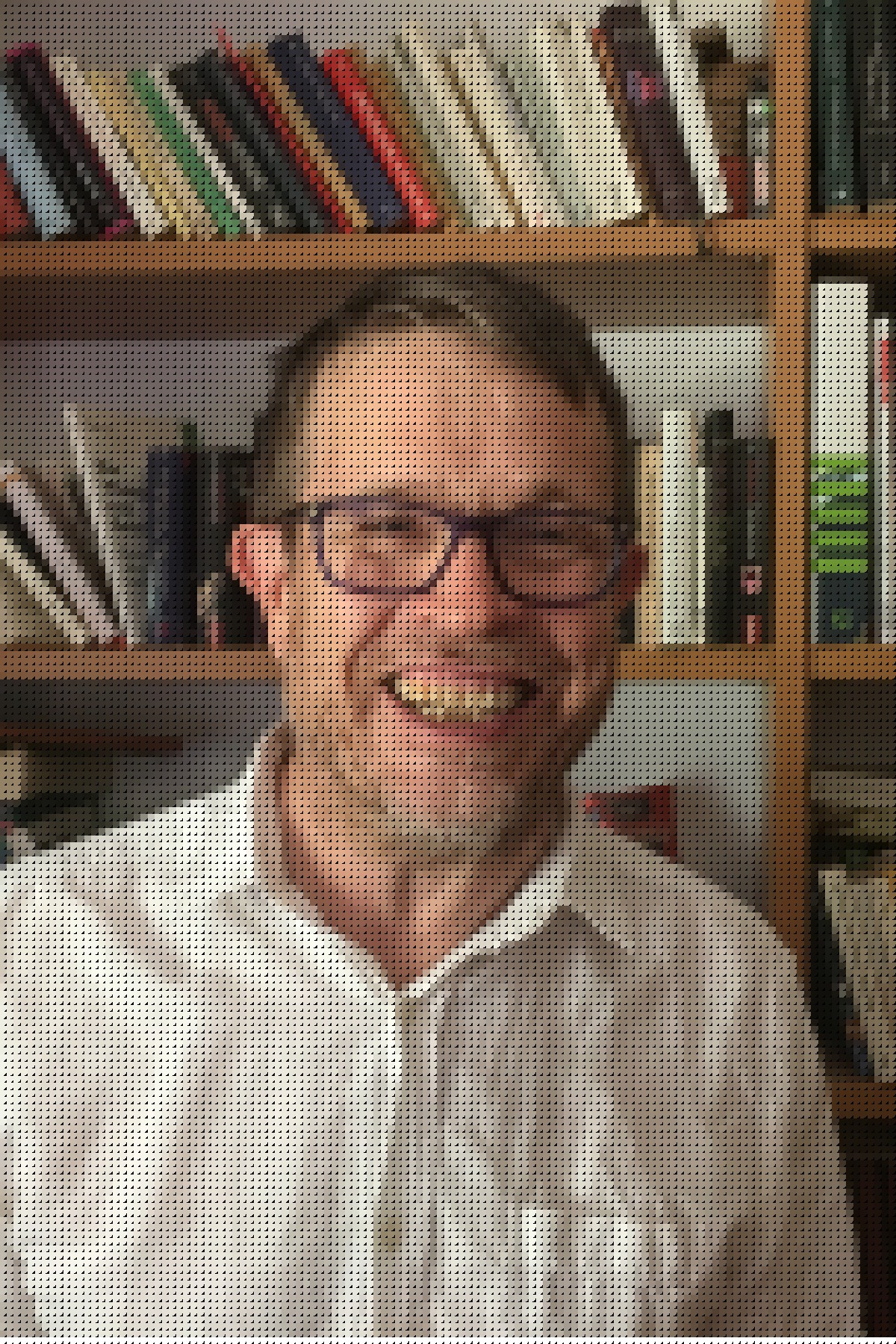

Recording
Downloads
Cutting Crime Impact: Theorien der Kriminalprävention im Praxistest
CCI-Prävinar #1: Cutting Crime Impact - Innovating security solutions with human-centred design
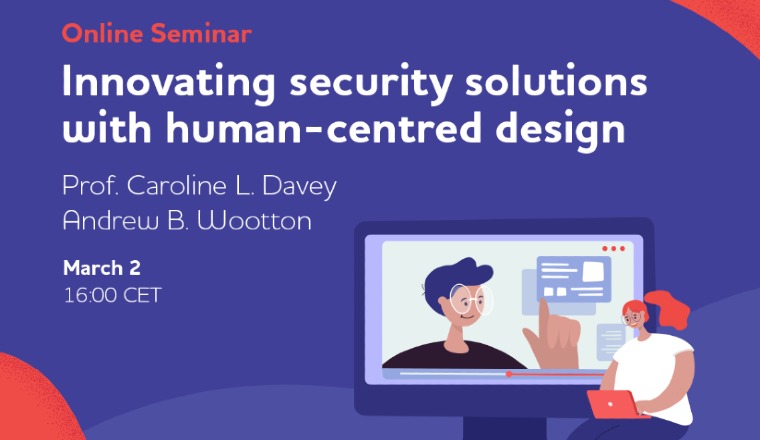
CCI-Prävinar #2: Cutting Crime Impact - Promoting continuity in Neighbourhood Policing through human-centred design
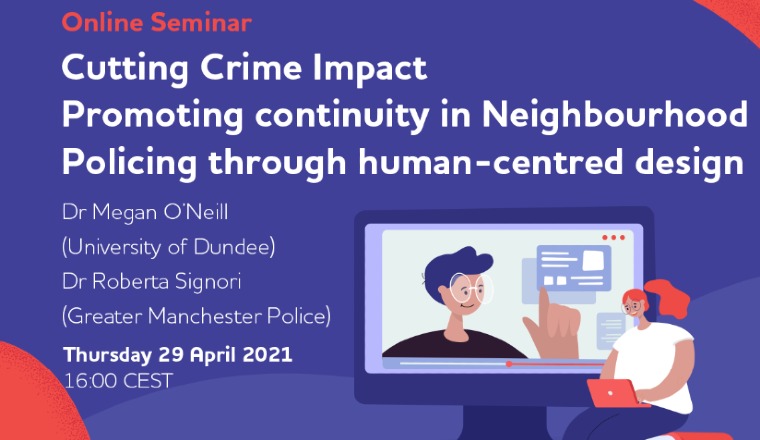
CCI-Prävinar #3: Cutting Crime Impact – Making the Case for a Community Policing Approach: Lessons from Lisbon Model

CCI-Prävinar #5: Cutting Crime Impact – On the trail of citizens’ feelings of insecurity

CCI-Prävinar #6: Cutting Crime Impact — Police analysis and communication tool to support effective information-enhanced patrolling

CCI-Prävinar #7: Cutting Crime Impact — The Dutch touch: a problem-oriented approach to High Impact Crime (ProHIC)
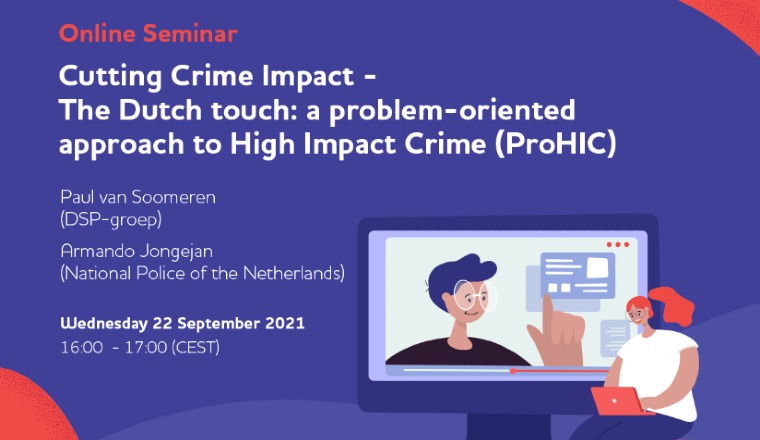
CCI-Prävinar #8: CP-UDP in Estonia: Building Safer Cities Together
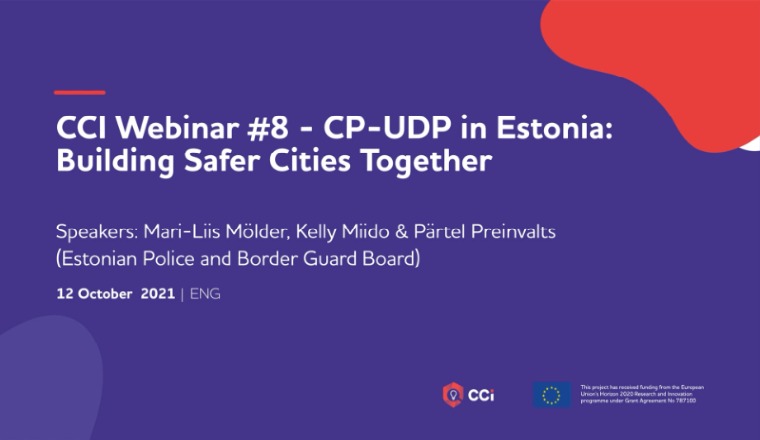
CCI Webinar #9: The ProMIS Tool: Project Monitoring & Impact Support for CP-UDP
